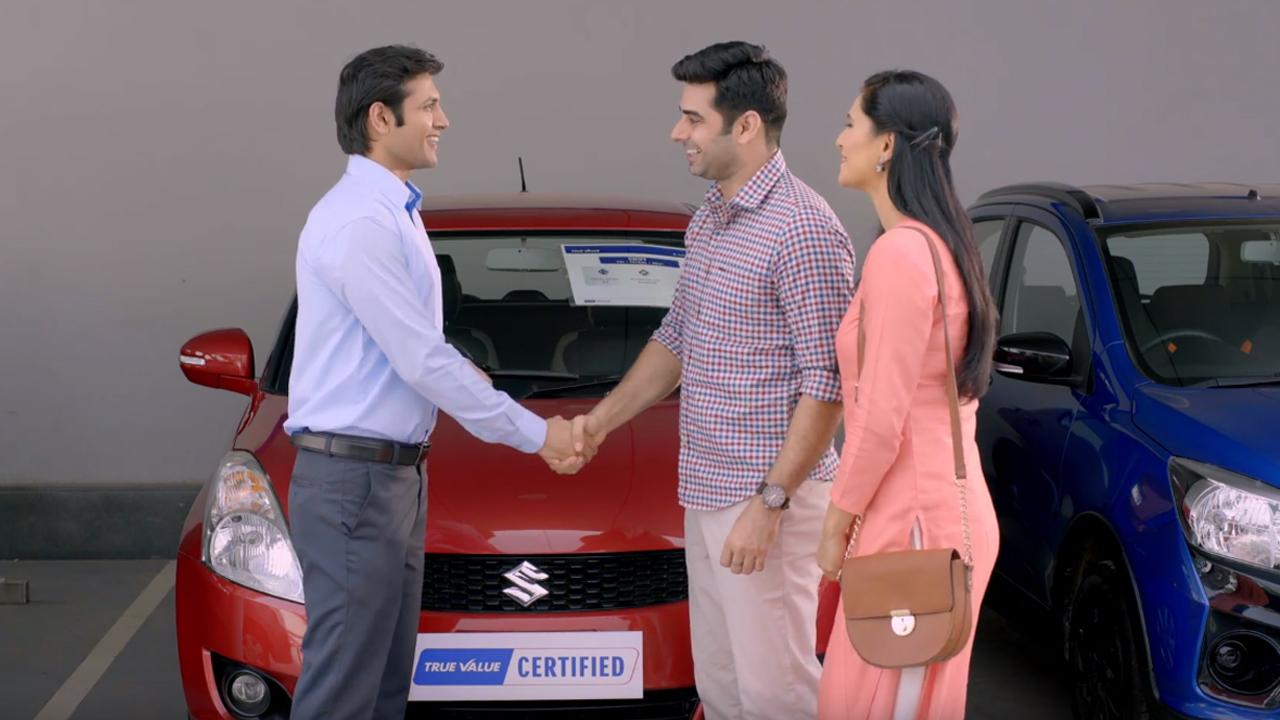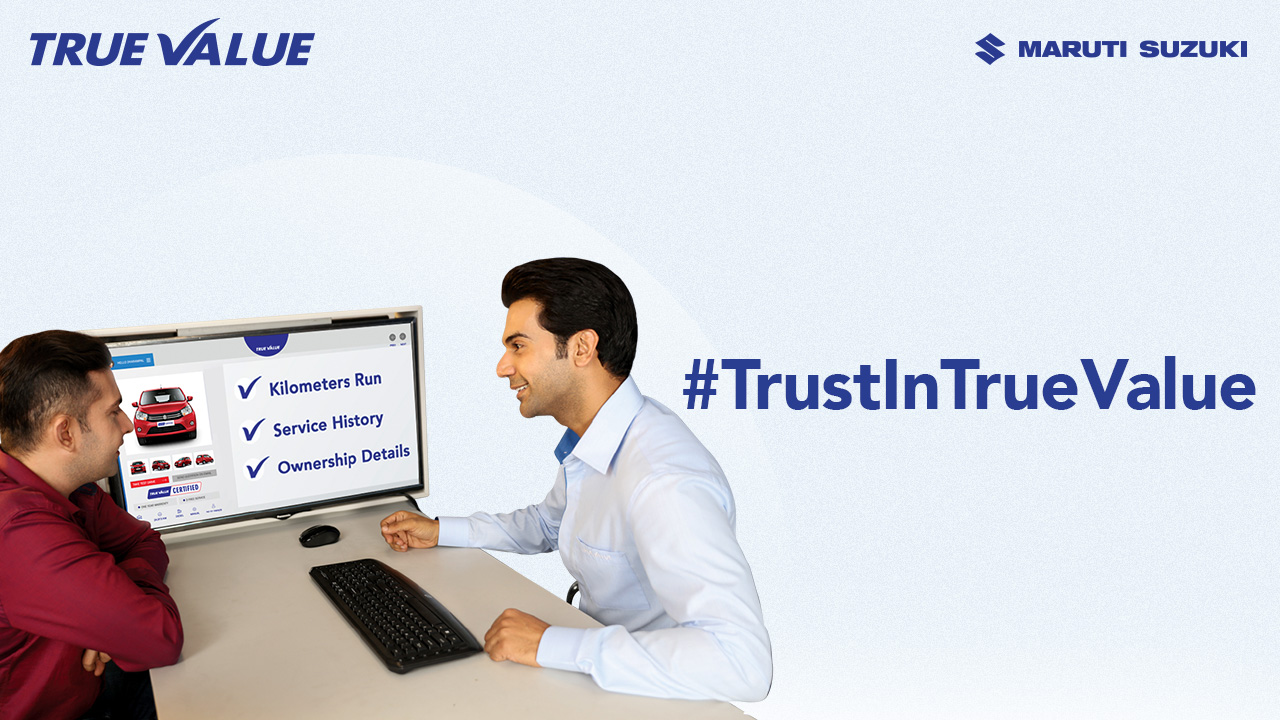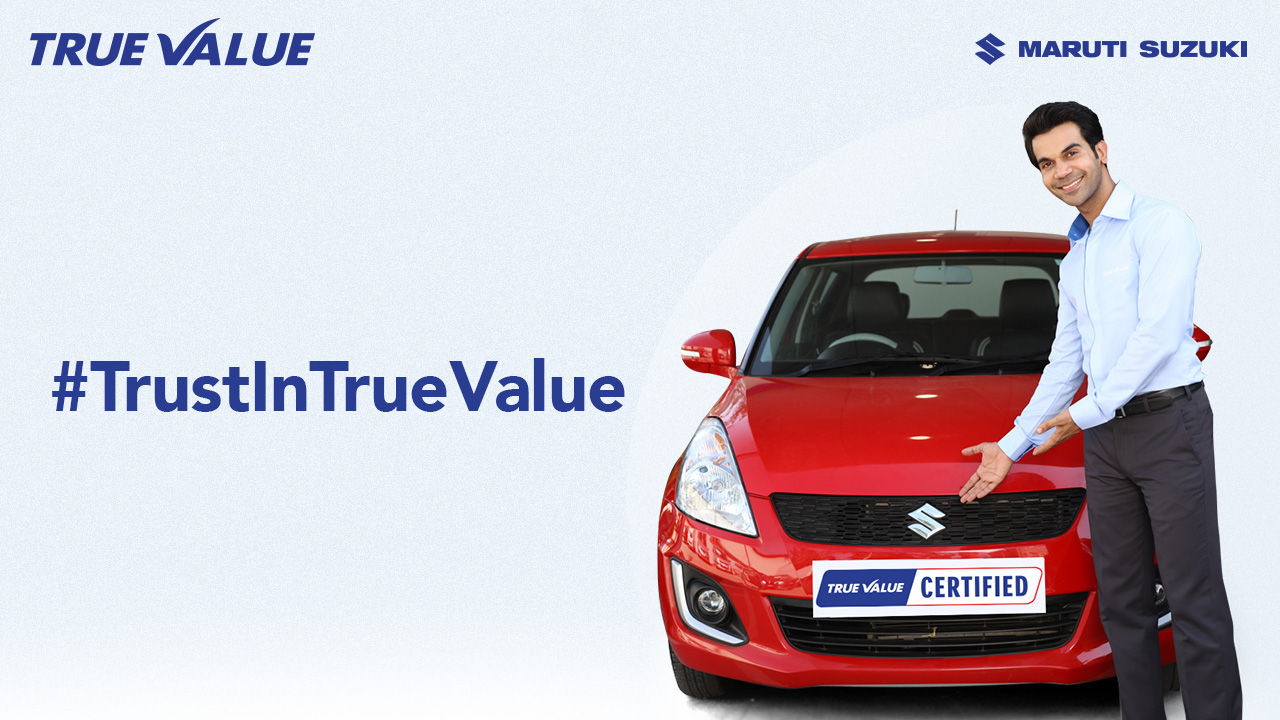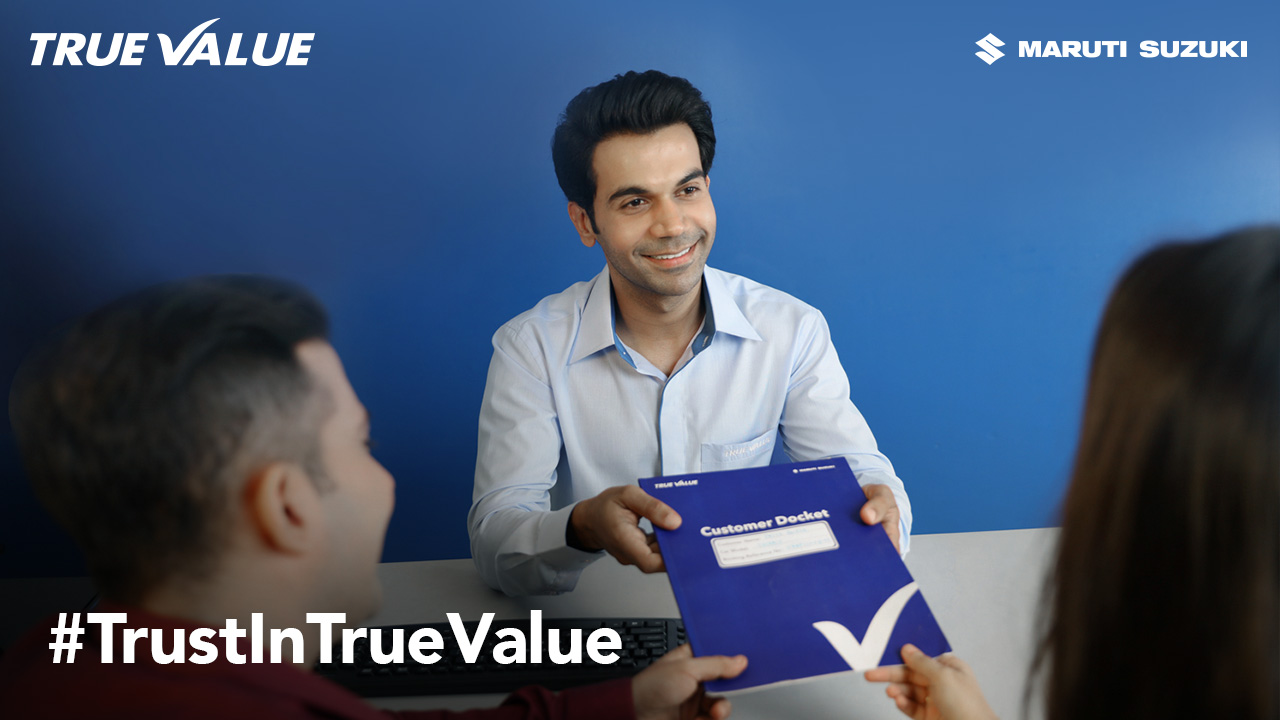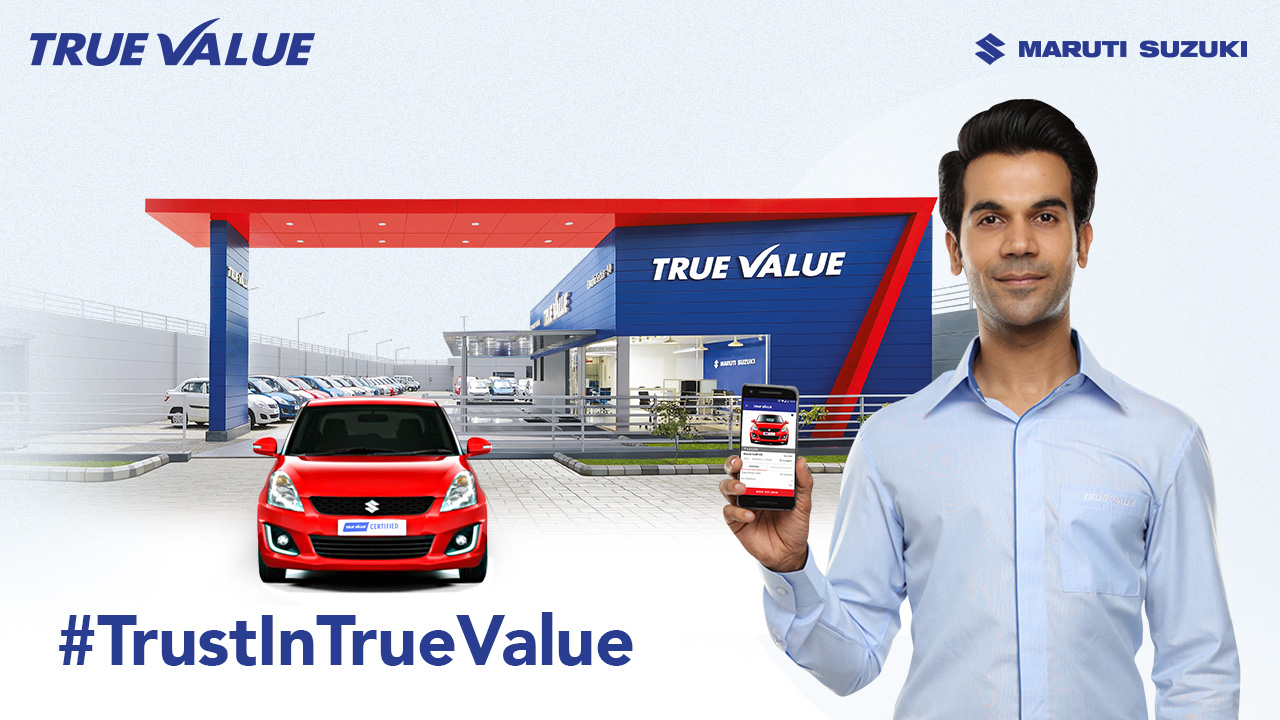With pollution at an all-time high, there is no doubt that conserving the environment is the need of the hour. Taking small steps can go a long way in making a real difference; even something as simple as driving a CNG car.
A factory-fitted CNG car is a boon for daily use. It is a lot more fuel-efficient, has great driveability, and is also good for the environment. Most important of all, it is safe and reliable. However, since the primary fuel in a CNG car is petrol, your CNG car maintenance must be timely and periodic (as recommended by your car manufacturer). If that respect, here are the good practices that you must follow:
When driving using the different fuel modes

There are three fuel modes in a CNG car that can be selected using a selector switch that is located on the dashboard, towards the right side of the steering wheel.
Petrol Mode: The car starts in petrol and continues in the same mode.
Mode: In this mode, the car starts in the Petrol mode and after it has reached a warming up condition, it will switch to CNG.
Forced CNG Mode: This mode should only be used in an emergency, when there is no petrol in the tank. In this mode, the vehicle starts on CNG and continues running in the same mode.
Note: It is recommended that you always start your car in the Auto or Petrol mode in order to enhance the life of the engine.
Point to Remember:
Always keep a sufficient amount of petrol in the tank to prevent the engine from stalling in case of an automatic changeover from CNG to Petrol mode.
When will your car switch to Petrol mode?
If your car runs out of CNG while the engine is running, the car will automatically switch to petrol mode. In such a situation, the CNG malfunction warning lamp will also start blinking. To acknowledge this switch and to turn off the blinking of the warning lamp, you will need to press the changeover switch once.
CNG Malfunction warning lamp

When you turn on the ignition, you will be able to see the CNG malfunction warning lamp briefly on the speedometer. This lamp comes on briefly to check if there are any issues with the CNG system. If the lamp blinks while the engine is running, it means that there is an issue in the CNG system, and the car at this point will switch over to petrol mode.
Point to remember
If the lamp glows continuously, you will need to visit an authorised workshop to get your car checked immediately.
For Maintenance
Get the CNG kit tuned from an expert

When you want to get your car's company-fitted CNG kit tuned, make sure that you only visit at an authorized service centre. If you leave the fitting or tuning of the CNG Kit in the hands of an unqualified mechanic, the CNG car could develop a number of problems, from increased vibrations to engine missing to irregular acceleration. Moreover, improper tuning can have an adverse effect on the engine's fuel injectors.
Get the CNG Cylinder checked

The CNG cylinder needs to be checked every three years
Get the testing done only from a government authorized CNG cylinder testing agency
Visit www.peso.gov.in for a list of authorized testing agencies
If you notice a leak
If you notice signs that indicate a CNG leak, or if you hear a releasing noise, or even some external damage to the CNG piping, you don't have to panic. Follow these tips:
1) Stop your vehicle and switch off the engine.
2) After that, roll down the windows and open the doors of the car.
3) Make sure that the manual shut off valve on the cylinder is closed.
4) Remember, you must not run your car, even on petrol.
5) Get in touch with an authorized workshop and take assistance to resolve the issue.
The Manual Shut-Off Valve

A manual shut off valve is located on the left of the CNG cylinder which can be used to switch off the CNG supply to the engine.
Closing the valve: Turn the knob clockwise to close the CNG supply
Opening the valve: Turn the knob anti-clockwise to open the CNG supply.
Point to remember
If the manual shut-off valve is not opened completely, the engine may find it difficult to run properly and if the valve is closed, it won't be possible to fill CNG into the cylinder.
What you shouldn't do
Do not change/modify configuration, components, or settings of the CNG system
Do not repair CNG cylinder without consultation with an authorized workshop
Do not adjust settings of the CNG system yourself
Do not carry inflammable materials near the cylinder
Do not fill any other type of gas
Do not press the accelerator pedal to change from petrol to CNG
It is a well-known fact that using a CNG car brings down your total cost of running by quite a bit. However, if you were to delay or skip on servicing your CNG car as per the recommended intervals, you might have to pay much more for repairs and maintenance. So, make sure you pay attention to the proper maintenance of your CNG car, to keep your car's engine as healthy as ever.












